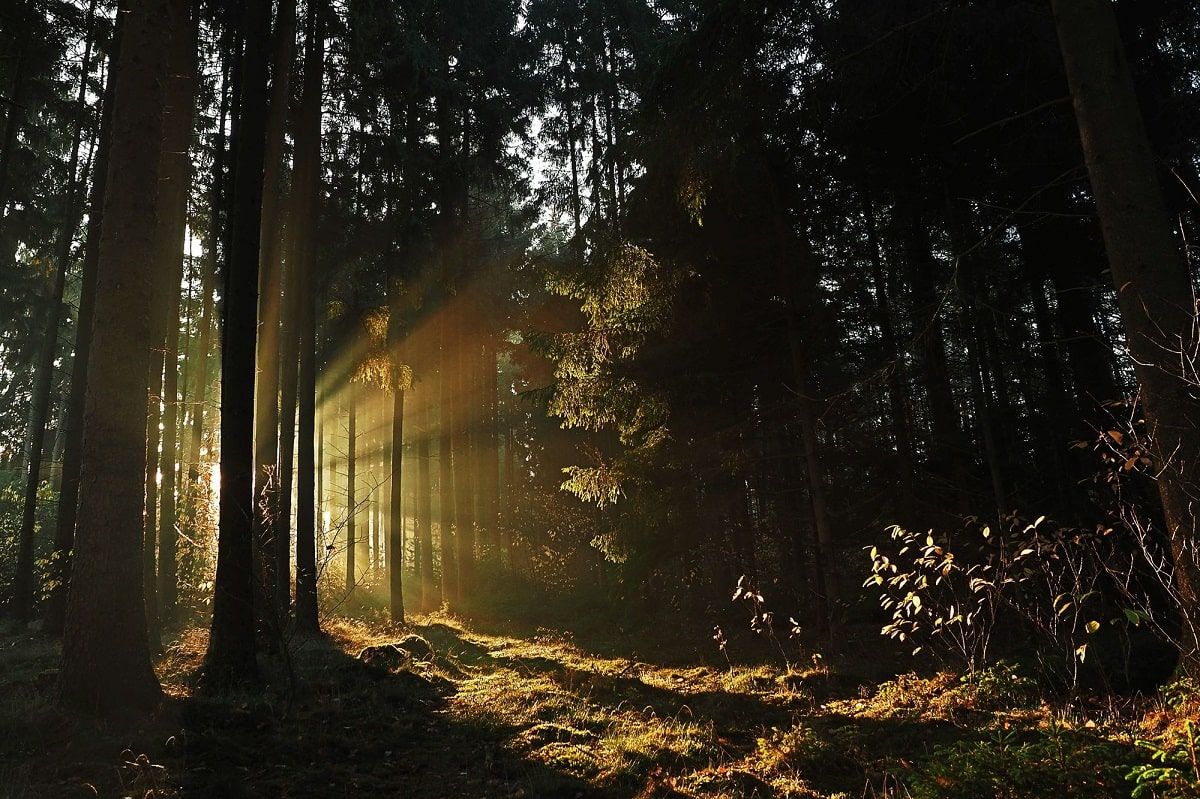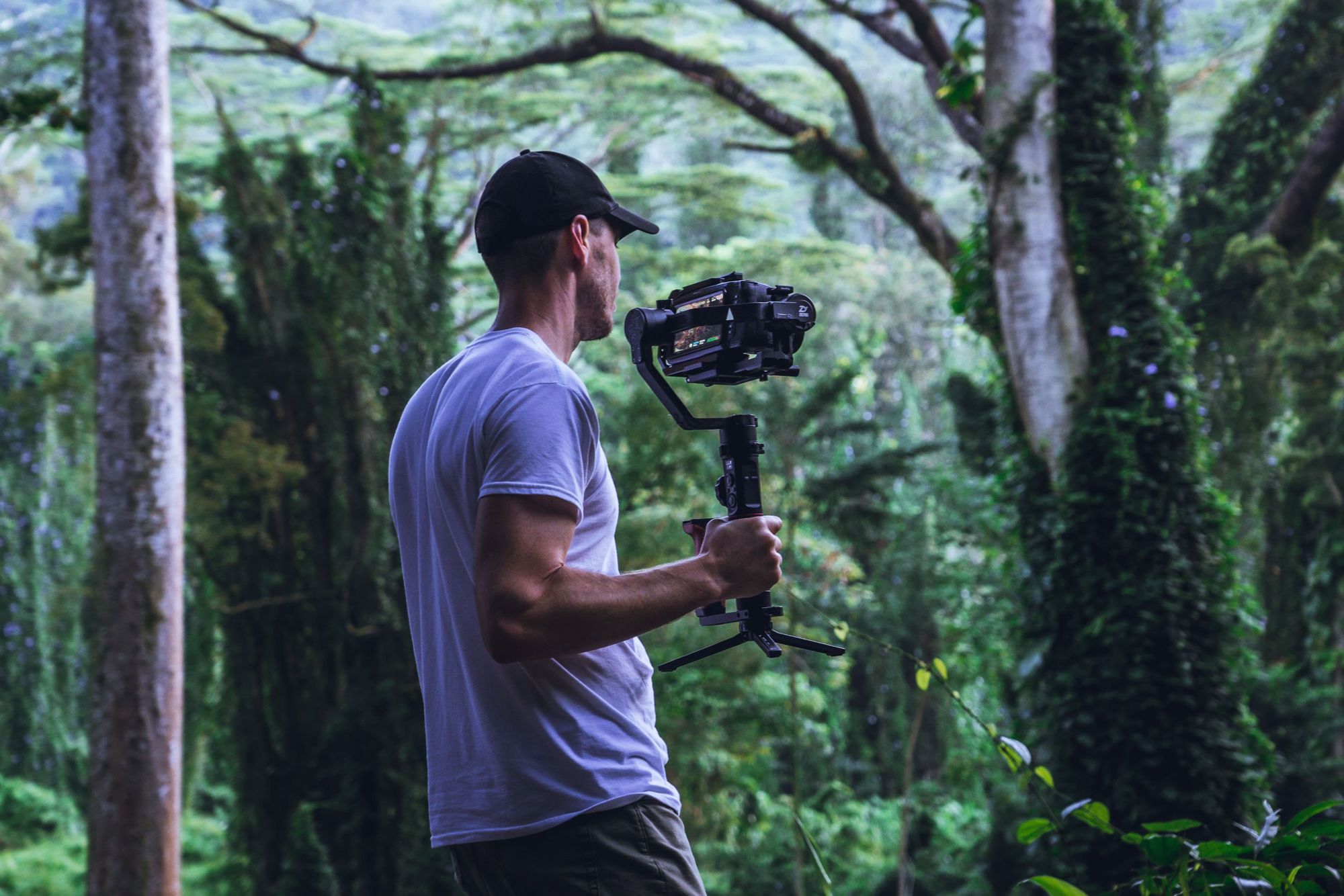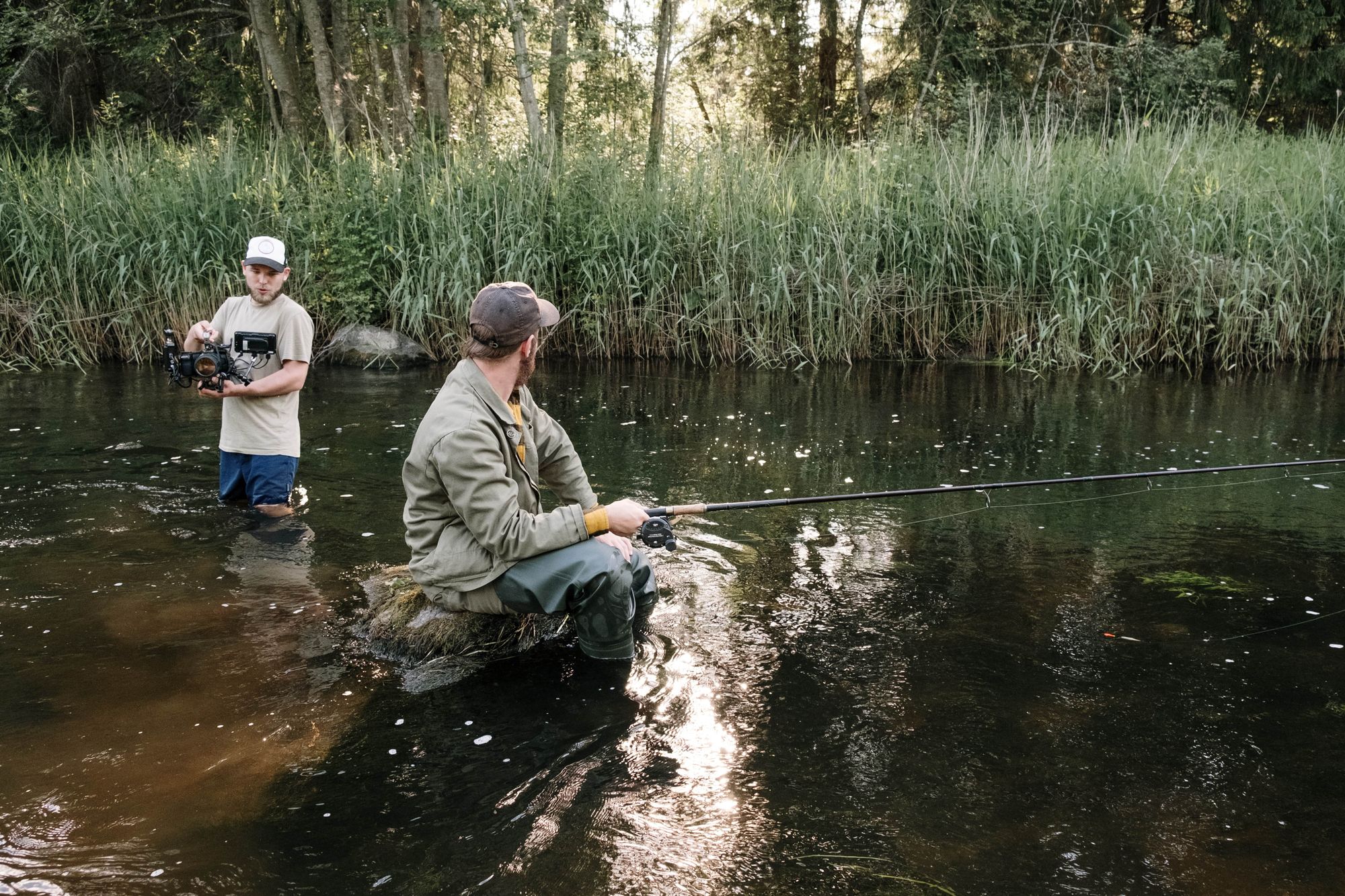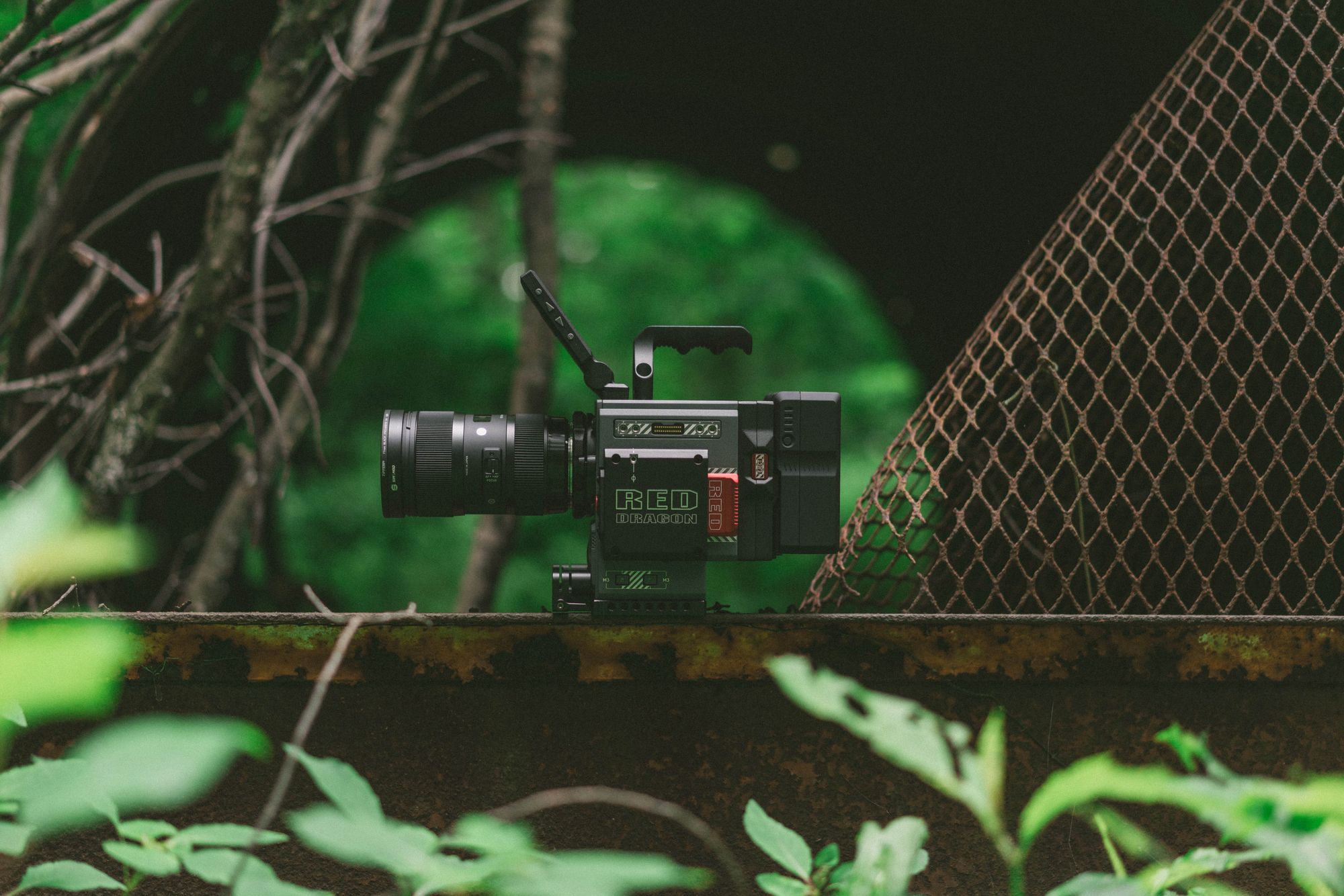Natural Lighting: What It Does & How You Can Use It Advantageously.
Rent film gear from local filmmakers.

Rent film gear from local filmmakers.
No doubt, you may be inclined to think that artificial lighting is a must when it comes to filmmaking.
But I'm here to tell you otherwise. Natural lighting has a variety of perks and can help shift your film's look like no other.
If you are interested in learning more about film lighting in general, check out our article on different lighting techniques.
What is natural lighting?
Natural lighting is a light source that occurs naturally, whether that be the sun or the moon.
Its primary purpose is lighting a scene with the help of a light-sheet cloth – used to capture a one of a kind composition.
What is truly remarkable about natural lighting is that it can be moulded and manipulated in such ways that give your film an authentic, some may even say, raw feel.

Pros of shooting with natural lighting
As previously mentioned, the possibilities when shooting with natural light are endless - and so are the benefits.
Here are 3 pros of shooting with natural light that you can't pass on:
1. It looks cinematic.
You cannot deny the fact that natural light provides your film with a genuine feel.
Because of the range of lighting setups, you can easily use natural lighting to portray various emotions.
Think of a wedding proposal: the groom gently gets on one knee while confessing his unmatched adoration for his partner. As the speech comes to an end, the soon to be bride is startled with emotion, nearly on the verge of tears. They lock eyes, join hands and wander off into the irrevocably magical sunset that has now witnessed their undying love for each other.
Now, what better way to portray this piece of heaven than with soft, directional and warm lighting?
What better way to give your audience an insight into what agape may feel like than raw, bare lighting? Exactly.
2. It is very easily accessible.
Natural lighting is everywhere, anytime - whether you want to shoot during the day or the night - it has got your back.
Natural light allows a great deal of freedom, and it often gives you a chance to have fun with locations while leaving the better part of your movie equipment at home—no need to spend your days confined in your studio, with tens of chords tangled up everywhere.
Go out - explore what mother nature has in store for you and use its tools to your advantage.
3. It's completely free.
Let's talk money for a second. If you are starting with filmmaking, you are going to want to save money where you can.
With natural lighting it's just you, your camera and the sun against the world.
You can use many different accessories to optimize your natural light shoots, such as reflectors or diffusers, should you have some extra cash you are willing to invest.

Cons of shooting with natural lighting
Now, this is not to say that there aren't any downsides to shooting with natural lighting - it can be tricky, and it requires quite a bit of planning and precision.
Here are 3 cons of shooting with natural light that you have to take into account:
1. You're time-restricted.
You only have a set amount of time where you can shoot using natural light.
Therefore, poor planning can lead to a few inconveniences.
Shooting at different times of the day outdoors or indoors will provide different lighting based on the sun's location.
2. It's an unpredictable lighting source.
Yeah, natural lighting is everywhere, anytime - but managing it can be pretty frustrating.
For better or for worse, you never know what the weather has in store for you. Be prepared to adapt to weather conditions in your area if you are only using natural light.
3. It can cause too harsh shadows on your scene.
You'll find the light's direction can cause an unwanted colour cast in your shots if you are not customizing your white balance in the camera.
It may also add too much contrast to your image, which is not always pleasant.
Make sure to check your shots to see if you're getting significant colour differences between each photo.

Shooting during the golden hour
Let's revisit that marriage proposal, more specifically, how shooting it during the golden hour would be ideal.
Golden hour is the short window of time right after sunrise and again right before sunset when the air is filled with a flattering golden hue that's perfect for capturing intimate moments.
What's more, at golden hour, you won't get the kind of harsh shadows you see at high noon.
One thing to be on the lookout for, though, is your white balance.
If your camera is set on AWB (Auto White Balance), your shots may turn out more cool-toned than intended. Instead, set your white balance manually to capture those golden hues in their raw essence.
Although the golden hour is the most accessible natural light to work with, things can still go wrong. Thus, planning ahead of time is highly recommended.
Since you've only got a short time to shoot, you should get there early, at least an hour before sunset, depending on the weather conditions.

5 Tips on shooting with natural lighting in film
1. Choose a lens that's capable of capturing natural light.
A wide prime lens is ideal for picking up low contrast, which is highly needed during the daytime.
Get an excellent range of fast lenses for nighttime exteriors or interiors, preferably with at least one wide. This will enable you to record clear footage that you can later enhance.
2. Make the sun your backlight.
What you'll want to do is avoid direct sunlight on the actor/object you are shooting, as well as the dreadful shadows that may form.
By having the natural light as the backlight, your subject will be perfectly lit up.
Note that you may need to increase your exposure to keep your subject from becoming too dark (even at the risk of overexposing your backlighting).
3. Choose your location with care
Although this may sound obvious, the location and its accessibility to lighting are crucial.
When shooting indoors, make sure there's enough light coming in, whether through a window, a skylight etc. and that nothing is getting in the way.
Planning out these critical details ahead of time will ensure a smooth shoot, free of unexpected inconveniences.
4. Find the right camera
Though there is no universal tip for choosing your camera, taking into account the type of content you want to shoot is a significant step forward.
A camera with a lot of dynamic range is ideal for shooting outdoors during daylight, as you won't have to rely on additional lighting equipment. As long as you learn how to manually adjust your settings, shooting in natural light won't pose too big of a problem, no matter the camera you use.
5. Preparation is important
Natural light can be pretty tricky sometimes because of its unpredictable nature. Thus, crafting an intricate plan is crucial in the process of filmmaking. Whether that implies knowing the exact time the sun rises/sets or anticipating any weather changes, having a solution for everything is the key to success.

What's next? Learn how to include your practicals
Shooting with natural light is a very liberating approach to filmmaking, yet using practicals (the lights that are visible in the shot) can take your film one step further.
Something as simple as a lamp has the power to shift the dynamic of your image if positioned strategically.
Dimmer switches are also of great help as they can control lighting with ease.
Though, if your access to practicals is limited, fear not! Sometimes, "au naturel" is the way to go. And you can learn everything about practical lighting here.
Natural Lighting FAQ
Does natural lighting look good in film?
Yes, most scenes shot entirely of natural light give a film a more authentic feel.
How does natural lighting affect your film's look?
Natural lighting can be tricky, but oversaturation or unclear backdrops will become things of the past once you learn how to manipulate it properly.
How should you use natural lighting in film?
It is key to moulding it to your advantage, whether you're shooting with natural light simply because you're on a budget or for stylistic reasons. Using it as a backdrop or a light source can help the audience feel more connected to your film as natural light is what we are all used to, after all.























